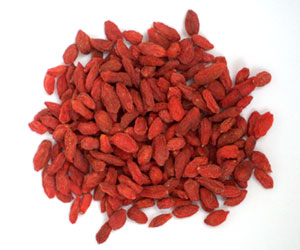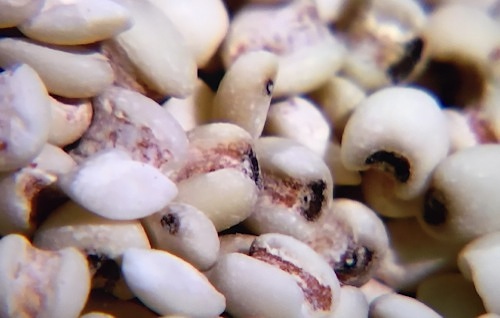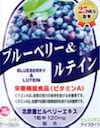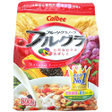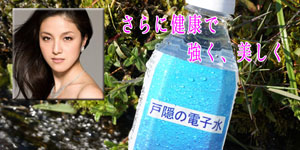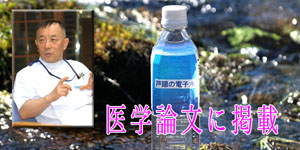
 日本古来の薬草、大麻、健康と大麻 日本古来の薬草、大麻、健康と大麻

・大麻、日本のニュース/ 海外のニュース /成分カンビノサイドについて

 神社と大麻 神社と大麻
出雲大社のしめ縄
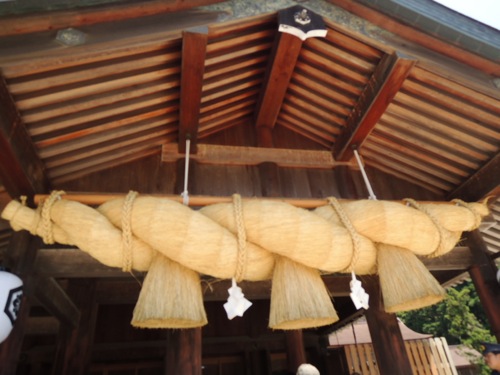
徳島、大麻比古神社
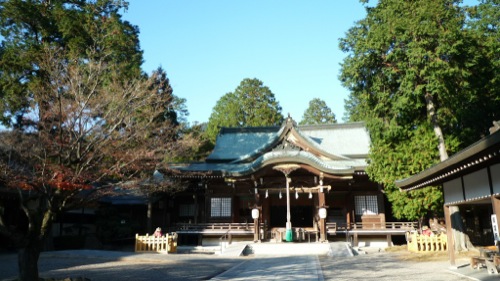
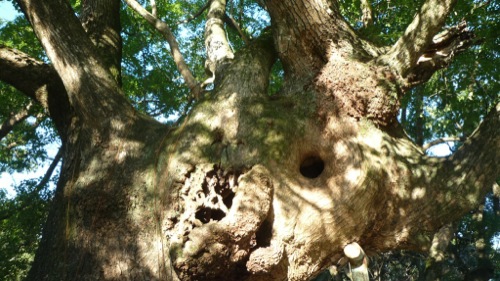
ちかみに、

 放射性物質と大麻 放射性物質と大麻
・・・
アメリカの大麻合法化団体NORMLが放送しているNORML Show Liveで、ラディカル・ラス・ベルヴィルさんが興味深いことを言っていた。
1986年のチェルノブイリ原子力発電所事故後、セシウム-137、ストロンチウムなどの放射性物質で周辺の土壌は汚染され、さらに食物連鎖により 植物や動物に汚染物が取り込まれた。汚染物を土壌から取り除くために、ファイトレメディエーションと呼ばれる技術が利用されたのだが、これはある種の植物 が、土壌や水中から汚染物質を吸い上げて分解するという特性を利用して、環境を修復、浄化しようというもの。そして、その目的にふさわしい植物が、THC 含有量の少ない産業用大麻だというのだ。
・・・
ソビエト、ウクライナで大麻を植えて放射性物質を除去する試み。1989年から。
http://www.mhhe.com/biosci/pae/botany/botany_map/articles/article_10.html
より
February, 2000: Chernobyl (Ukraine)
On the morning of April 26, 1986, a small town in the former Soviet Union was the site of a nuclear explosion that literally shook the earth. The historic accident at Chernobyl Nuclear Plant Reactor 4 in the Ukraine caused severe radioactive contamination. Families within a 30-km zone of the power plant were evacuated, and in the months that followed, extensive contamination was discovered in areas up to 100 km from the site. Scientists are hopeful that plants may play a key role in cleaning up some of the contamination.
In 1989, three years after the explosion, the Soviet government asked the International Atomic Energy Agency (IAEA) to assess the radiological and health situation in the area surrounding the power plant.
Among the most significant findings were radioactive emissions and toxic metals--including iodine, cesium-137, strontium, and plutonium--concentrated in the soil, plants, and animals.
Such substances are potentially harmful to human health. For example, although iodine tends to disappear within a few weeks of exposure, it can be inhaled or ingested and then accumulated in the thyroid gland, where it delivers high doses of radiation as it decays. Since 1991, the Canadian Nuclear Association has noted a marked increase in the incidence of thyroid cancer in the area surrounding the nuclear accident. Cesium-137, radioactive cesium with a mass number of 137, can enter the food chain and deliver an internal dose of radiation before it is eliminated metabolically.
A food web.
Apparently these toxic substances entered the food chain via grazers, such as cows and other livestock, that fed on plants grown in contaminated soils. The toxins then accumulated and concentrated in the meat and milk products eventually consumed by humans. Additionally, wild foods, such as berries and mushrooms, are expected to continue showing elevated cesium levels over the next few decades.
To prevent further spread of these toxins, it was determined that livestock should be allowed to feed only on uncontaminated plants and on plants not tending to accumulate toxic metals within their tissues. Then a soil cleanup method was employed using green plants to remove toxins from the soil. This technique is phytoremediation, a term coined by Dr. Ilya Raskin of Rutgers University's Biotechnology Center for Agriculture and the Environment, who was a member of the original task force sent by the IAEA to examine food safety at the Chernobyl site. Phytoremediation is a process that takes advantage of the fact that green plants can extract and concentrate certain elements within their ecosystem. For example, some plants can grow in metal-laden soils, extract certain metals through their root systems, and accumulate them in their tissues without being damaged. In this way, pollutants are either removed from the soil and groundwater or rendered harmless.
Today, many researchers, institutes, and companies are funding scientific efforts to test different plants' effectiveness at removing a wide range of contaminants. Raskin favors Brassica juncea and Brassica carinata, two members of the mustard family, for phytoremediation. In laboratory tests with metals loaded onto artificial soil (a mix of sand and vermiculite), these plants appeared to be the best at removing large quantities of chromium, lead, copper, and nickel. Several members of this family are edible and yield additional products such as birdseed, mustard oil, and erucic acid, which is used in margarine and cooking oil. Researchers at the DuPont Company have found that corn, Zea mays, can take up incredibly high levels of lead. Z. mays, a monocot in the Poaceae or grass family, is the most important cultivated cereal next to wheat and rice, yielding such products as corn meal, corn flour, cornflakes, cooking oil, beer, and animal feed. Phytokinetics, a company in Logan, Utah, is testing plants for their ability to remove organic contaminants such as gasoline from soil and water. Applied Natural Sciences in Hamilton, Ohio, is taking a slightly different route by using trees to clean up deeper soils, a process they call "treemediation." University researchers from the UK reported in the May 1999 issue of Nature Biotechnology that transgenic tobacco plants can play a role in cleaning up explosives.
Fruit of Brassicaceae.
Zea mays.
Helianthella sp.
In February 1996, Phytotech, Inc., a Princeton, NJ-based company, reported that it had developed transgenic strains of sunflowers, Helianthus sp., that could remove as much as 95% of toxic contaminants in as little as 24 hours. Subsequently, Helianthus was planted on a styrofoam raft at one end of a contaminated pond near Chernobyl, and in twelve days the cesium concentrations within its roots were reportedly 8,000 times that of the water, while the strontium concentrations were 2,000 times that of the water. Helianthus is in the composite, or Asteraceae, family and has edible seeds. It also produces an oil that is used for cooking, in margarine, and as a paint additive. H. tuberosus was used by Native Americans as a carbohydrate source for diabetics.
Cannabis sativa.
In 1998, Phytotech, along with Consolidated Growers and Processors (CGP) and the Ukraine's Institute of Bast Crops, planted industrial hemp, Cannabis sp., for the purpose of removing contaminants near the Chernobyl site. Cannabis is in the Cannabidaceae family and is valuable for its fiber, which is used in ropes and other products. This industrial variety of hemp, incidentally, has only trace amounts of THC, the chemical that produces the "high" in a plant of the same genus commonly known as marijuana.
Overall, phytoremediation has great potential for cleaning up toxic metals, pesticides, solvents, gasoline, and explosives. The U.S. Environmental Protection Agency (EPA) estimates that more than 30,000 sites in the United States alone require hazardous waste treatment. Restoring these areas and their soil, as well as disposing of the wastes, are costly projects, but the costs are expected to be reduced drastically if plants provide the phytoremediation results everyone is hoping for.
Meanwhile, of the original four reactors at Chernobyl, Reactors 1 and 3 are still operating today, providing 6,000 jobs and about 6% of the Ukraine's electricity. Reactor 2 was closed after a fire in 1991; the construction of Reactors 5 and 6 came to a grinding halt after the explosion.
References, Websites, and Further Reading
"Sunflowers Bloom in Tests to Remove Radioactive Metals from Soil and Water," Wall Street Journal, 29 February 1996.
International Atomic Energy Association
Environmental Protection Agency research and scientists page
From Plants Sites & Parks magazine, May/June 1996: Attacking the Root of the Problem.
Central Oregon Green Pages: Hemp "Eats" Chernobyl Waste
Stern, Introductory Plant Biology, 8th Edition
Chapter 2: The Nature of Life
Isotopes and radioactivity, p. 17
Chapter 5 : Roots and Soils
Phytoremediation, p. 79
Chapter 7: Leaves
THC (tetrahydrocannabinol), p. 123
Chapter 24: Flowering Plants and Civilization
The Mustard Family (Brassicaceae), pp. 442-43
The Sunflower Family (Asteraceae), pp. 453-54
The Grass Family (Poaceae), pp. 454-56
Chapter 25: Ecology
Ecosystems, pp. 464-66
Food web diagram, p. 465
Herbivores, pp. 466-67
書籍
マリファナ合衆国
アメリカの合法化政策を通して学ぶ、 大麻との上手なつきあいかた
ラブ・S・ダブ
大麻解禁後の世界はいったいどうなる?
合法的な大麻販売がはじまったコロラド州に住む著者が、マスコミ報道からは見えてこない合法化の背景を掘り下げて解説。大麻が身近にある時代を生きていくためのヒントをおしえます。
2014年4月発売。
|
|


